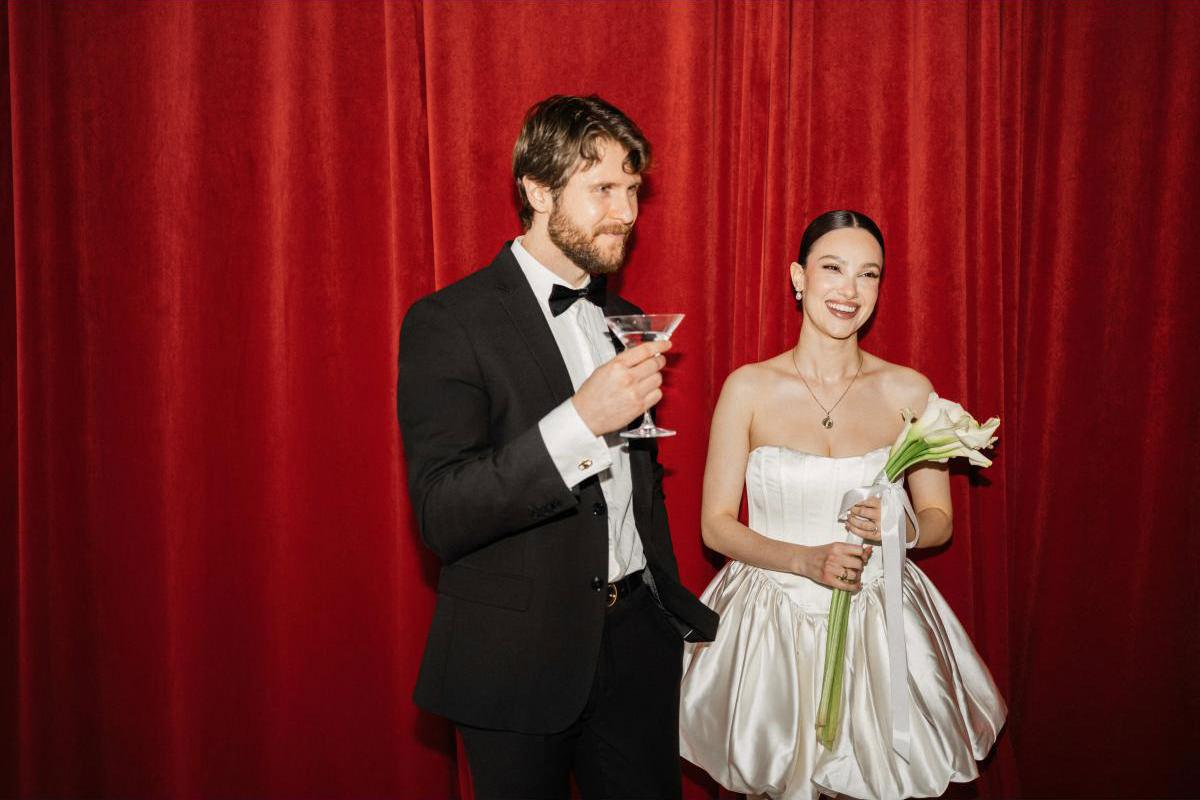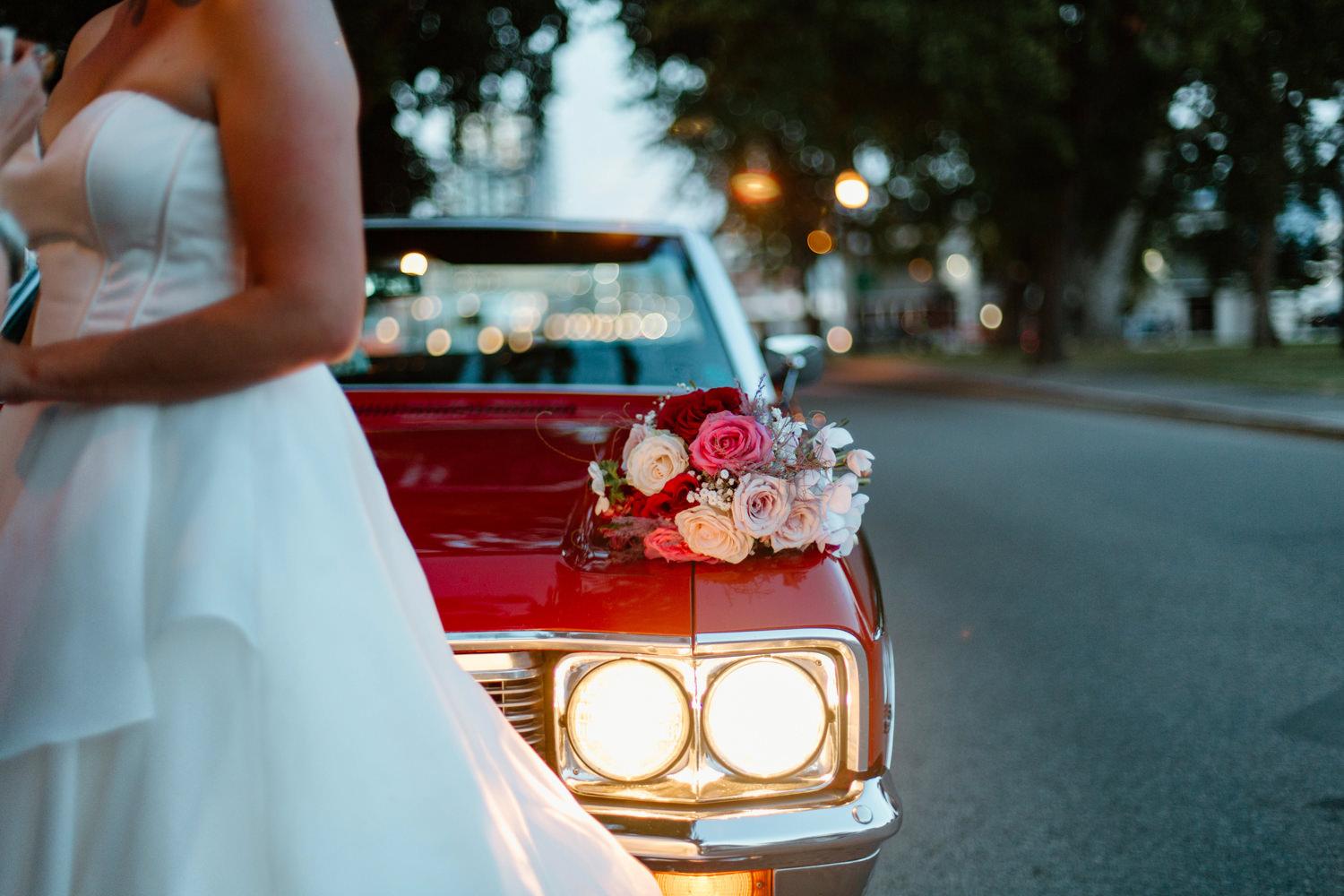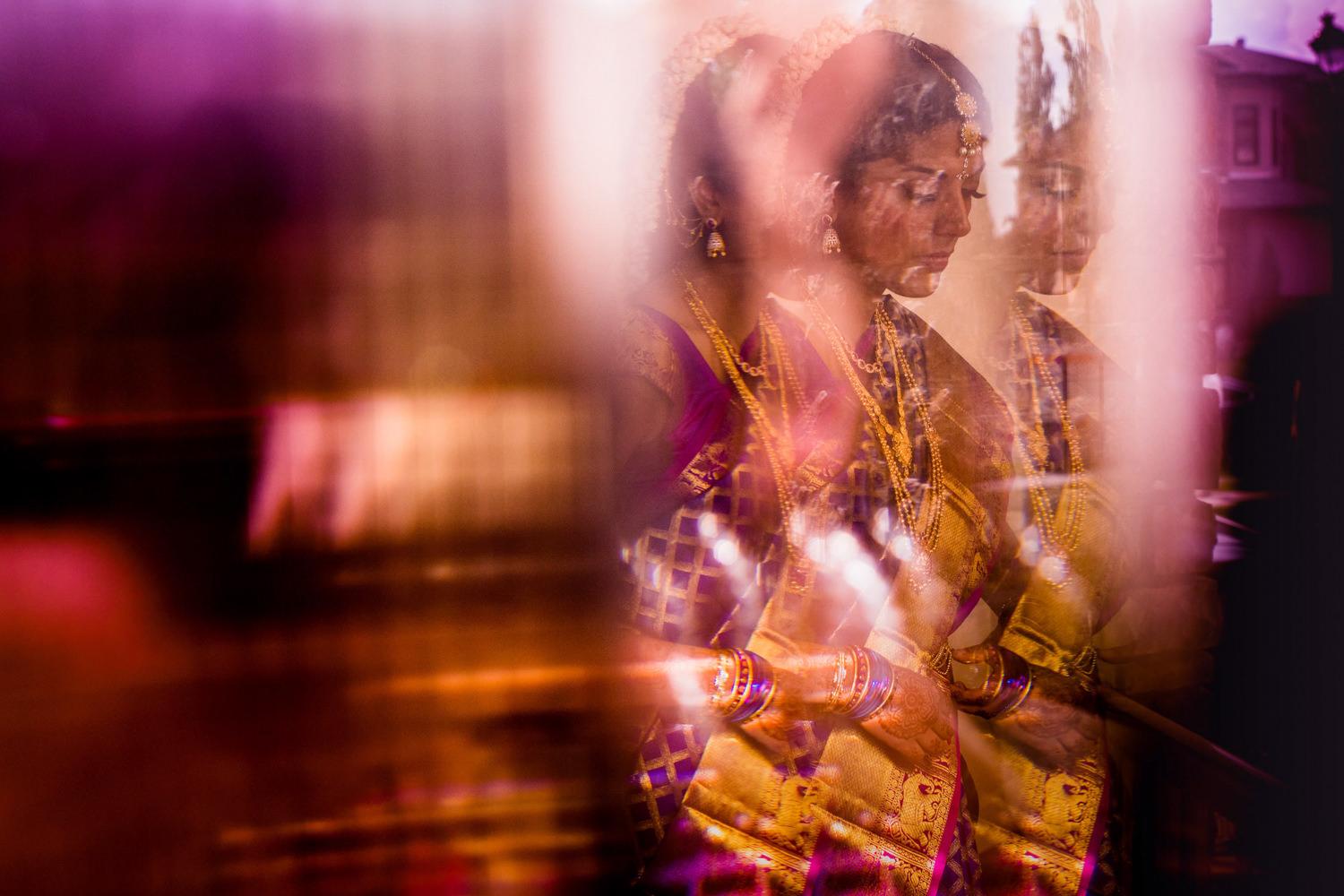From red for luck to white for purity, the colours and symbols we associate with weddings carry deeper meanings—rooted in tradition, spirituality, and style.
Wedding aesthetics aren’t just about what looks good—they’re built on centuries of cultural beliefs, religious teachings, and social cues. Whether it's the choice of color, the exchange of rings, or symbolic gestures during a ceremony, wedding symbols tell a story—one that changes from one generation (and country) to the next.
In Canada’s multicultural wedding landscape, those stories often overlap. Here's how wedding colours and symbols have evolved—and what they still mean today.

White, Red, and Gold: Colour Meanings Across Cultures
White: Purity? Not Always.
- Popularized by Queen Victoria in 1840, white came to symbolize purity and virginity in Western culture.
- But prior to that, white was associated with mourning in many societies, including East Asia.
- Today, white is still common in Canada—but less for its symbolism, more for tradition and elegance.
Red: Love, Power, Prosperity
- In China, India, Pakistan, and many Middle Eastern cultures, red is worn for luck, fertility, and celebration.
- Brides often pair red with gold embroidery, symbolizing wealth and fortune.
- Even in modern Western weddings, red appears in bouquets, décor, and makeup for bold expression.
Gold: Wealth and Sacredness
- Gold has long represented divinity, prestige, and warmth.
- In Orthodox Christian, Hindu, and African traditions, gold is a common thread—literally and symbolically.
Blue: Loyalty and Faith
- The origin of “something blue” comes from ancient Rome and Biblical references, where blue symbolized fidelity and purity.
- Even today, many brides add a blue accent (jewelry, embroidery, shoes) for tradition and balance.

The Circle: Eternal Love and Unity
One of the most enduring wedding symbols is the circle, seen most clearly in the wedding ring. Its unbroken shape represents eternity, continuity, and wholeness.
- The tradition of circular rings dates back to ancient Egypt, where it symbolized the cycle of life and the universe.
- In Roman culture, the ring also denoted ownership or legal bond.
- Today, the ring remains one of the most universally recognized symbols of love—and has evolved to include nontraditional and gender-neutral styles.
Floral Meanings and Natural Symbols
Flowers have always played a symbolic role in weddings—especially in the Victorian era, where floriography (the language of flowers) was a full-blown trend.
- Roses = love, lilies = purity, baby’s breath = innocence
- Lavender = devotion, sunflowers = longevity, peonies = prosperity
- Many Canadian couples now choose florals that reflect personal or cultural meaning, or opt for local and seasonal blooms as a sustainable choice.

Other Wedding Symbols That Have Stood the Test of Time
- Knots and braids: Seen in Celtic handfastings and many Indigenous wedding traditions, symbolizing unity and interconnectedness.
- Candles: In Christian, Jewish, and interfaith ceremonies, lighting a unity candle can represent spiritual union or family blending.
- Bread and salt: A Slavic tradition that symbolizes hospitality and abundance.
- Jumping the broom: With roots in West African and African American weddings, it represents sweeping away the past and entering a new life.
Modern Interpretations and Personal Symbolism
Couples today are mixing tradition with personalization:
- Using tattoos, custom logos, or handmade items to create modern symbols
- Choosing colours that reflect seasonal palettes, venue vibes, or personal stories
- Blending traditions from multiple cultures or backgrounds
In short, symbolism isn’t going away—it’s just evolving.
Photography Note: Symbols in the Frame
Wedding photographers often highlight symbolic details to tell a deeper story:
- Close-ups of rings, embroidered fabric, handwritten vows
- Intentional use of colour grading to emphasize palette symbolism
- Capturing moments like candle lighting, floral exchanges, or cultural rituals
A good photo of a wedding symbol doesn’t just look beautiful—it carries meaning.

Related Reading in the History of Weddings Series:
- The History of the Wedding Dress
- The History of Wedding Veils
- The History of the Wedding Ring
- Wedding Traditions from Around the World
Continue Planning Your Wedding
Ready to dive into the details? How to Find the Perfect Wedding Photographer: The Ultimate Guide to Making the Right Choice